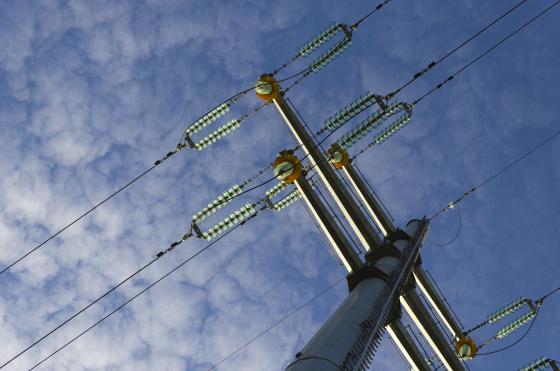ACER reports on electricity distribution tariff methodologies in Europe and recommends how to improve them

What is it about?
ACER has published a report reviewing the methodologies for electricity distribution tariffs in EU Member States.
It provides detailed data across EU Member States on what costs are recovered via the distribution tariffs and how the tariffs are designed.
It also touches upon how some energy transition activities (e.g. Power-to-X facilities, Electric Vehicle (EV) charging stations and energy communities) are treated in the tariff methodologies, which in turn may play a role in their uptake.
Why are distribution network tariffs important?
The electricity transmission and distribution networks are the backbone of the energy systems and play a key role in the energy transition.
Network tariffs recover the network operators (Transmission System Operators and Distribution System Operators) costs. In order to support overall system efficiency, tariffs should be designed to provide:
- appropriate incentives to the system operators to build and operate the networks optimally; and
- economic signals to network users.
The effectiveness of such signals depends on factors such as the type of network user and the share of the network costs in the final bill.
How is the electricity distribution tariff design linked to sustainability and the energy transition?
Tariffs can be designed in multiple ways. Finding the right balance between various tariff setting principles (e.g. cost recovery, cost reflectivity, efficiency, non-discrimination, transparency, non-distortion, simplicity, stability, predictability and sustainability) is a complex task.
As Europe strives to decarbonise its energy system (with a strong focus on electrification, increased renewables and a more active role of network users) the complexities increase. Hence, how distribution tariffs are designed can become increasingly important, but also increasingly complex.
What are the main findings and recommendations of the ACER distribution tariffs report?
The ACER report provides various recommendations. For example:
- There should be a common understanding of the term “distribution tariffs" by differentiating it from other regulated tariffs paid by users connected to the distribution network;
- The NRA's role in tariff setting should be strengthened;
- Tariff methodologies should allow stakeholders to reasonably predict the tariff evolution (e.g. ACER recommends a tariff methodology period of at least 4 years, with a yearly update of the tariff values based on the drivers defined by the tariff methodology and on inflation);
- Transparent and effective stakeholder involvement should be ensured;
- Transparency in distribution tariff setting should meet at least a minimum standard;
- A minimum set of distribution cost categories should be differentiated to facilitate comparison;
- Distortive effects when setting tariffs for injection and for withdrawal should be avoided;
- Distribution tariff bases should reflect cost drivers;
- The interaction between price signals of distribution tariffs and other price signals should be paid attention;
- Different treatment of the same user group should be avoided, unless properly justified.
EU legislation requires ACER to issue (and update every 2 years) a best practices report on electricity tariff methodologies. National Regulatory Authorities (NRAs) shall duly take the ACER best practice reports on transmission and distribution tariff methodologies into consideration when fixing or approving transmission and distribution tariffs or their methodologies.
This is the first electricity distribution tariffs report. It complements the ACER 2019 report on electricity transmission tariff methodologies.
What's next?
ACER will hold a webinar on electricity network tariffs on Friday, 19th March.


